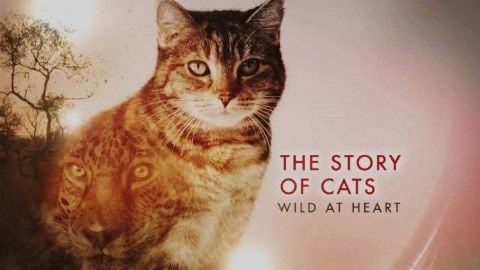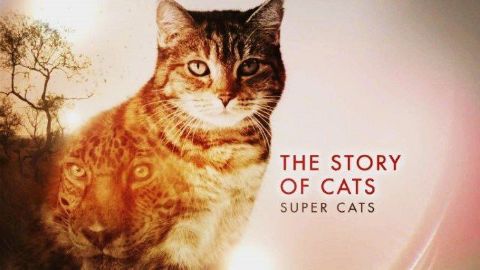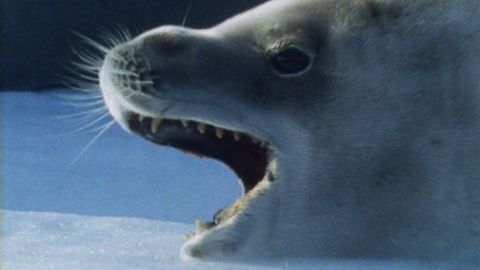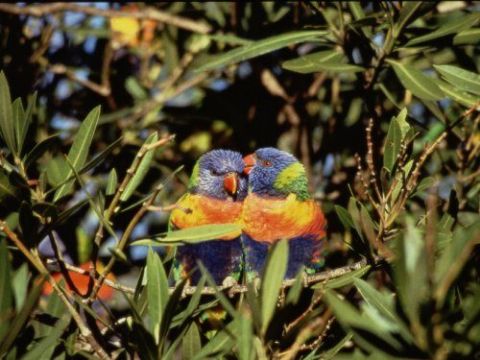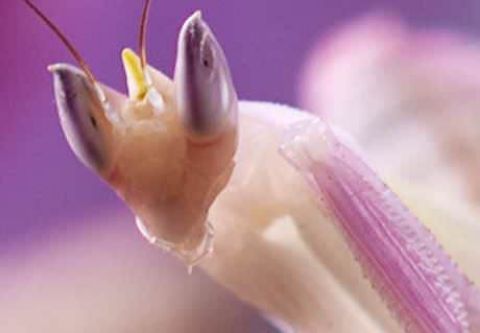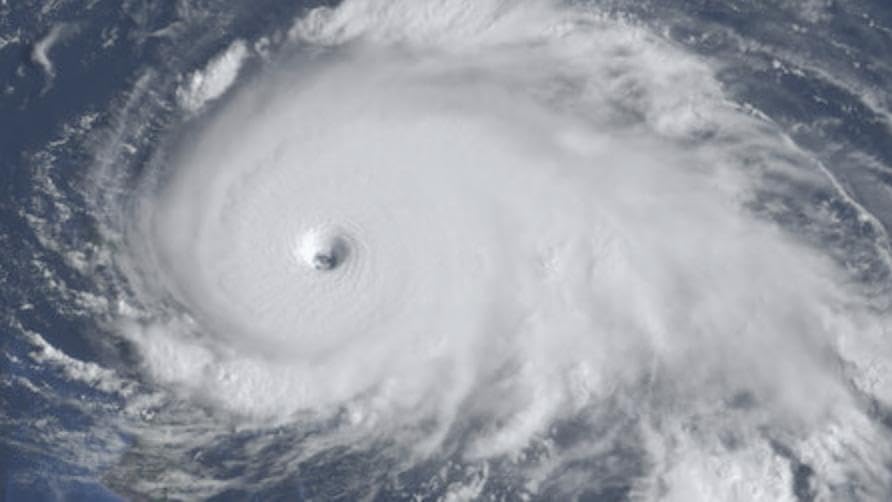Wild at heart • 2016 • episode "S1E1" • The Story of Cats
In the first episode and for the first time ever, the programme compares the humble moggy with their big cat cousins, gaining surprising insights into the entire cat family. In Africa, lion whisperer Kevin Richardson proves how similar domestic pets are to the fearsome big cats and why there's more to feline communication than meets the eye. In the thick jungles of South East Asia, the series discovers which sabre-tooth wild cat has given tabbies their gravity defying climbing skills and in Namibia, shows how a strange looking cat called a caracal has given them the ability to jump over three metres and catch birds in flight, inspiring the phrase "put the cat amongst the pigeons". To truly understand the world’s most beloved purring pets, there needs to be an understanding of their wild relatives.
Make a donation
Buy a brother a hot coffee? Or a cold beer?
Hope you're finding these documentaries fascinating and eye-opening. It's just me, working hard behind the scenes to bring you this enriching content.
Running and maintaining a website like this takes time and resources. That's why I'm reaching out to you. If you appreciate what I do and would like to support my efforts, would you consider "buying me a coffee"?
Donation addresses
BTC: bc1q8ldskxh4x9qnddhcrgcun8rtvddeldm2a07r2v
ETH: 0x5CCAAA1afc5c5D814129d99277dDb5A979672116
With your donation through , you can show your appreciation and help me keep this project going. Every contribution, no matter how small, makes a significant impact. It goes directly towards covering server costs.
